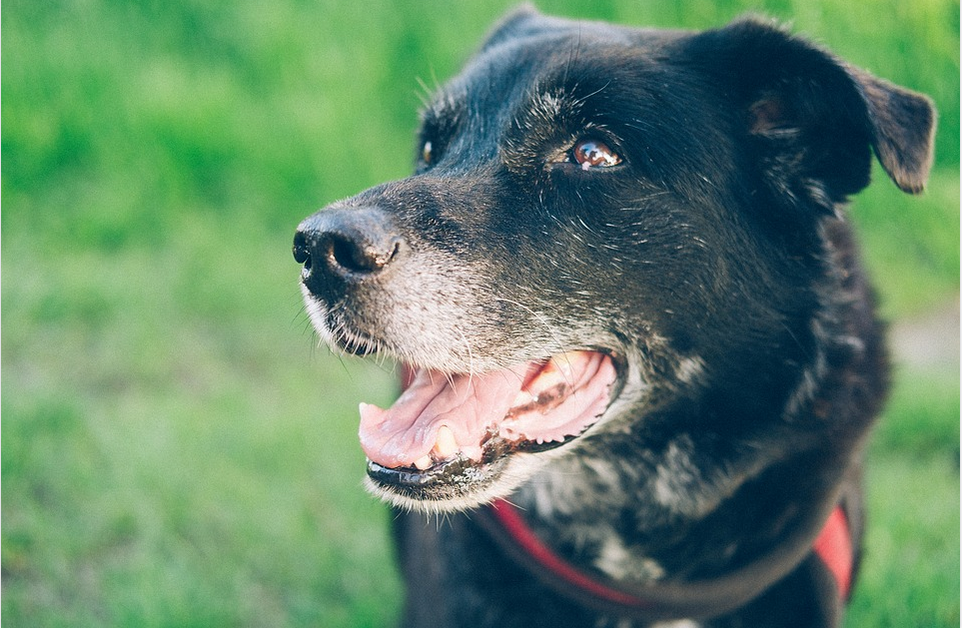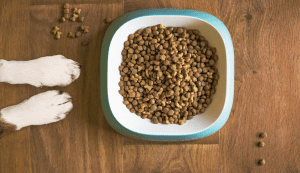Like most people, you may not think about food safety until there’s a huge issue. But by then, it’s often too late. That’s why it’s essential to follow these principles for safe food storage every time you put groceries away. Doing so can help prevent food poisoning and other illnesses. So, if you have any cookie production line going on in your lead, be sure to follow these principles. Here are the four fundamental principles of safe food storage.
Store High-Risk Food Below 5°C or Above 60°C
One of the essential principles of safe food storage is to keep high-risk food below five degrees Celsius or above 60 degrees Celsius. It includes meat, poultry, fish, dairy products, and eggs. By doing so, you can help prevent the growth of bacteria that can cause food poisoning. If you’re not sure how to store something, err on the side of caution and keep it refrigerated or frozen.
Avoid Storing Raw Foods Above Cooked Foods
 The following principle to follow is to store raw foods below cooked foods. It helps prevent cross-contamination, which can occur when bacteria from raw food come into contact with cooked food. If you’re storing food in the fridge, be sure to put raw meat, poultry, and fish on the bottom shelf where they can’t contact other food. Aside from that, you should also avoid washing uncooked meat, poultry, and fish because it can spread bacteria to other food.
The following principle to follow is to store raw foods below cooked foods. It helps prevent cross-contamination, which can occur when bacteria from raw food come into contact with cooked food. If you’re storing food in the fridge, be sure to put raw meat, poultry, and fish on the bottom shelf where they can’t contact other food. Aside from that, you should also avoid washing uncooked meat, poultry, and fish because it can spread bacteria to other food.
Store Food in Suitable and Covered Containers
On top of that, you should also store food in suitable and covered containers. It helps keep food fresh and prevents contaminants from coming into contact. If you’re storing food in the fridge, use airtight containers or resealable bags. And if you’re storing food in the freezer, be sure to use freezer-safe containers or resealable bags.
Monitor and Observe the Use-by Dates on Food Products
Apart from those points above, you should also monitor and observe the use-by dates on food products. It helps you know when food has gone bad and needs to be thrown out. Be sure to check the use-by date before eating any food, and if in doubt, throw it out. If you’re unsure how to interpret the use-by date, simply be aware of the cautions and throw it out. But don’t forget to monitor and observe the use-by dates on food products.
After all, food safety is essential. By following these principles, you can help prevent food poisoning and other illnesses. So, keep these principles in mind the next time you put groceries away. You don’t want to get sick because you didn’t follow these simple principles. So, take your time, understand, and strictly follow the safe food storage system principles.…



 As you shop for food, it is best to read the content carefully. The instruction section has an advisory on recommendations. The amount of food you feed your dog depends on its weight, age, and health based on the veterinary’s recommendations.
As you shop for food, it is best to read the content carefully. The instruction section has an advisory on recommendations. The amount of food you feed your dog depends on its weight, age, and health based on the veterinary’s recommendations. While on the pet food lane in a store, it is advisable to check on ingredients’ labels. Some pet food though healthy, may not be suitable for your dog. Foods with high levels of processed sugar, salts, and fats are not ideal for dogs as they may develop medical conditions such as diabetes and other related complications.
While on the pet food lane in a store, it is advisable to check on ingredients’ labels. Some pet food though healthy, may not be suitable for your dog. Foods with high levels of processed sugar, salts, and fats are not ideal for dogs as they may develop medical conditions such as diabetes and other related complications.
